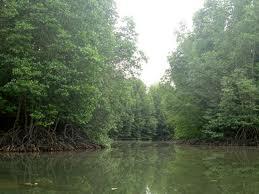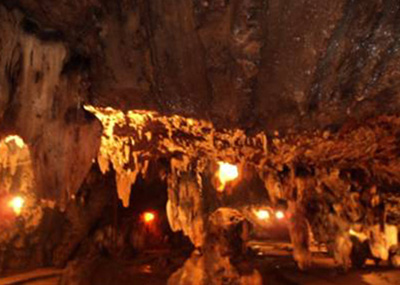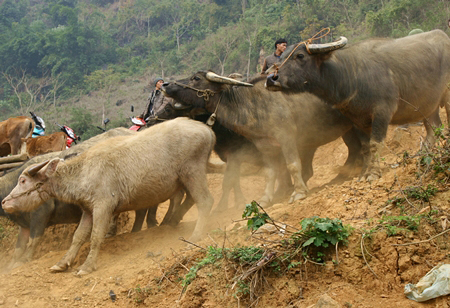Part of Jimmy Vu's adventure
Published: Tuesday, 07/06/2011, 09:24 GMT+7
Hit: 1839
Brand new motorbikes, SUVs and even busses zip by in every direction, shattering ear drums with their horns and pushing stray pedestrians out of the way.
But despite the traffic and modern signage, much of traditional Hanoi is the same as it was before the motorbikes and SUVs.
Peek through or above the thick black electric cables blocking your view overhead and you’ll see the colorful, if not fading, facades of old Chinese shophouses, French villas and Buddhist pagodas and temples.
Elderly couples sit and drink tea on their stoops, youngsters smoke cigarettes on balconies adorned with decorative iron work and trellises filled with tropical plants.
But each residence is also a business, turning the entire quarter into a giant market. Down the tiny streets and seemingly endless labyrinth of alleys, shopkeepers sell everything under the sun, from ball bearings and light bulbs to live chickens and snake wine. The clutter of open air fish markets, the noise of squealing pigs and the loud screeches and bangs from the metal workshops make this site unlike any in the world.
But the history of the area is shrouded in mystery, like the low fog that hangs over Hoan Kiem Lake on early winter mornings.
Many Vietnamese and foreigners know the area as the “36 streets” which is a misnomer, as the quarter has far more than 36 streets, and no one is certain where that number even came from.
Some researchers say the oldest part of Hanoi was originally based off of 36 streets, each of which sold a different ware. Others contend that the number 36 came from the 15th century, when workers of different trades gathered in different areas to form 36 “guilds,” or workshop areas, not actual streets.
Some attribute the number 36 to abstract numerology. The number nine signifies abundance in eastern philosophy. Nine times the four directions makes 36, which people take to mean “many,” or “plenty.”

 bởi
bởi 



